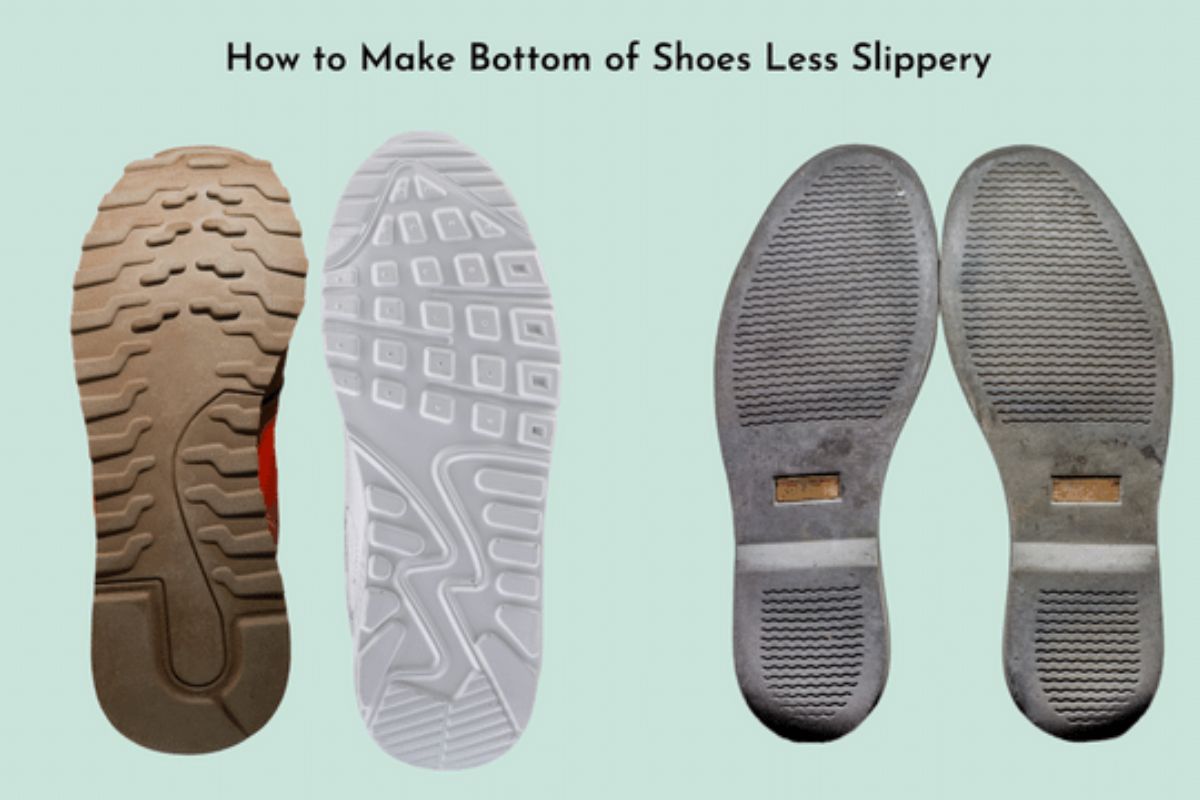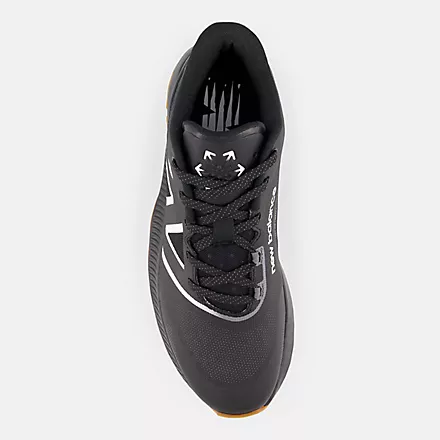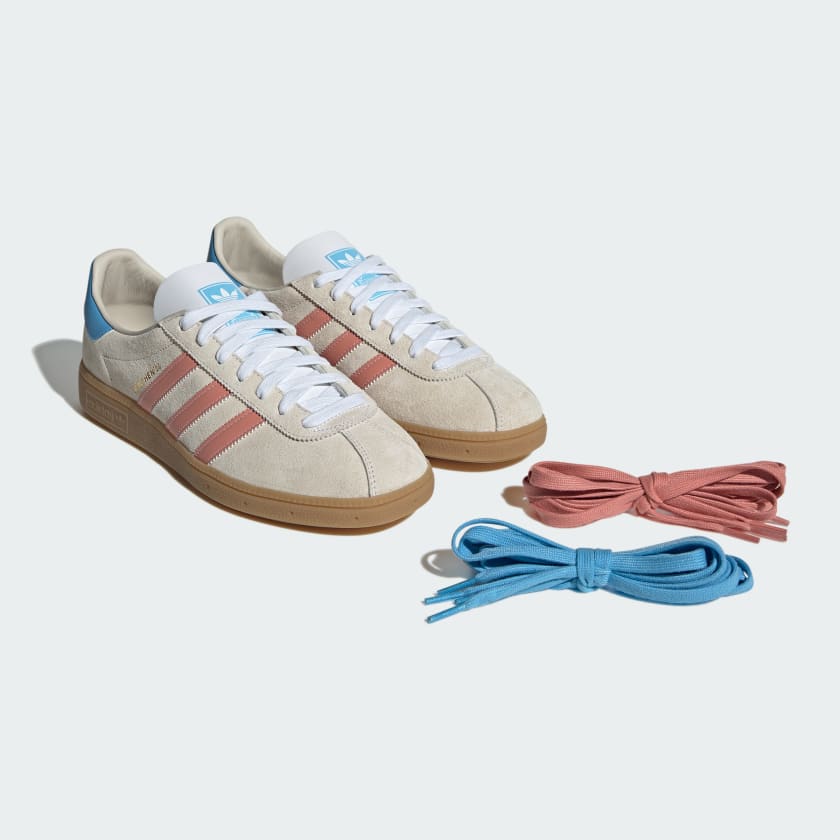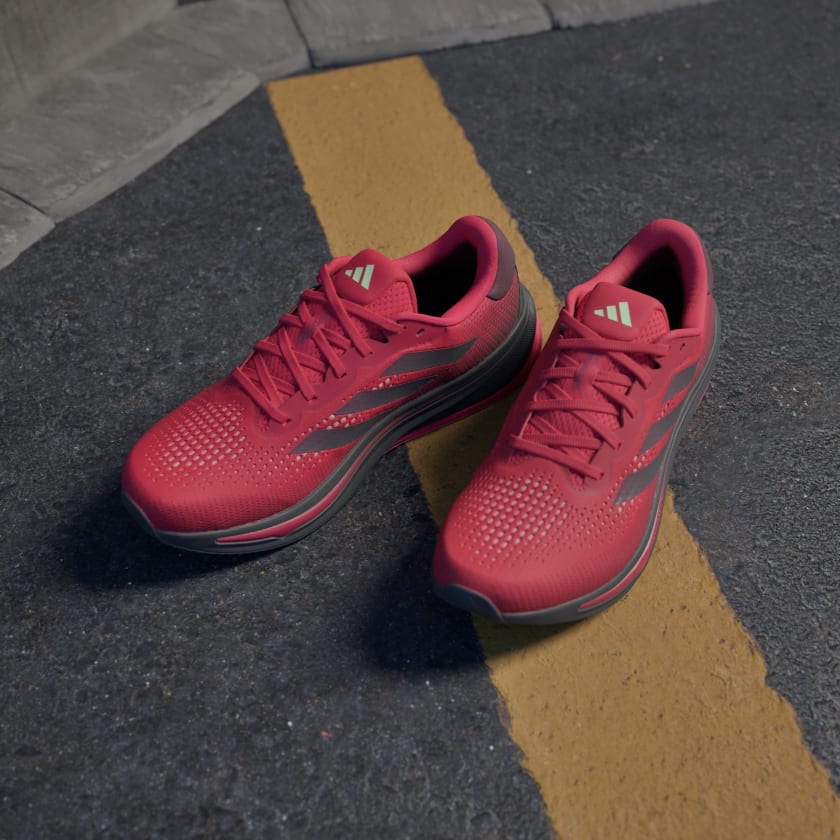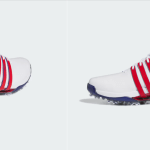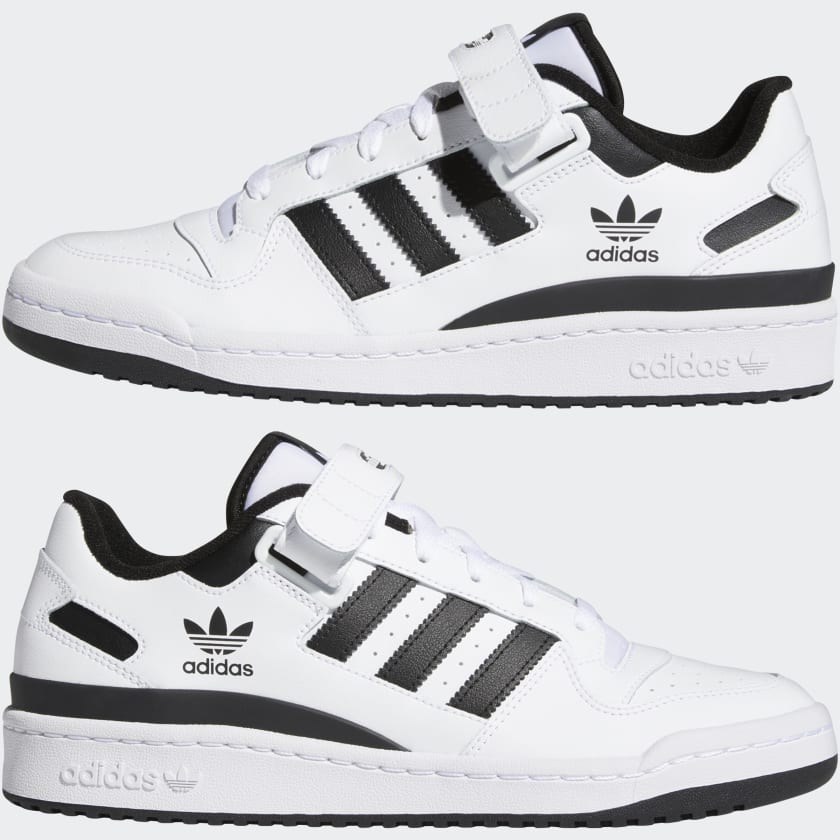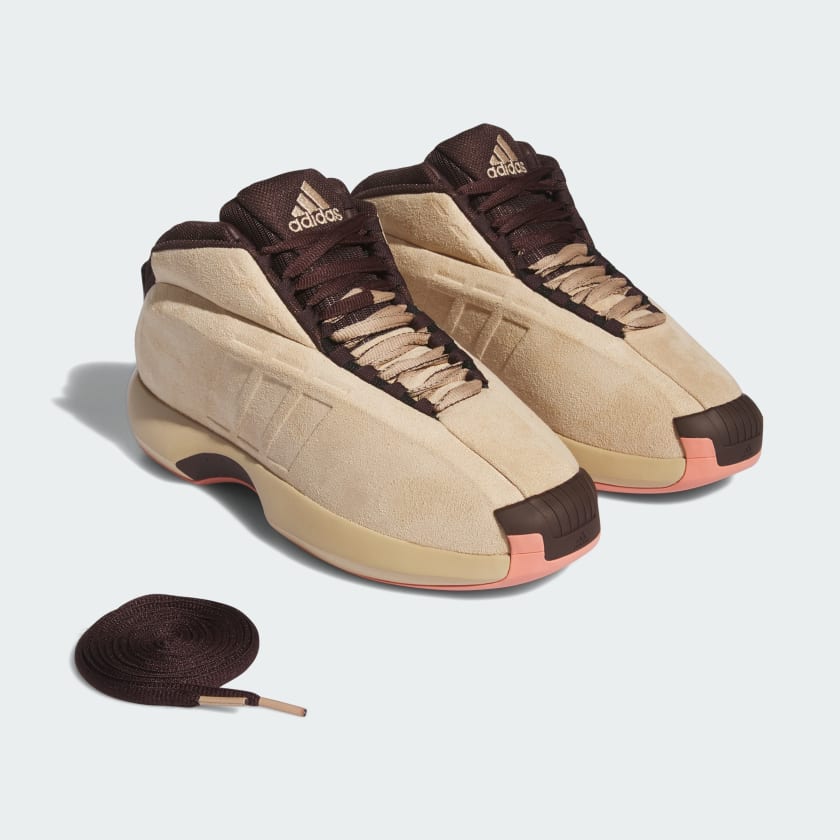Learn how to make bottom of shoes less slippery with this simple and effective step-by-step guide. Say goodbye to sliding and slipping with these easy tips and tricks.
Discover the secret trick to transform your slippery shoes in just a few steps, ensuring your every step is secure!
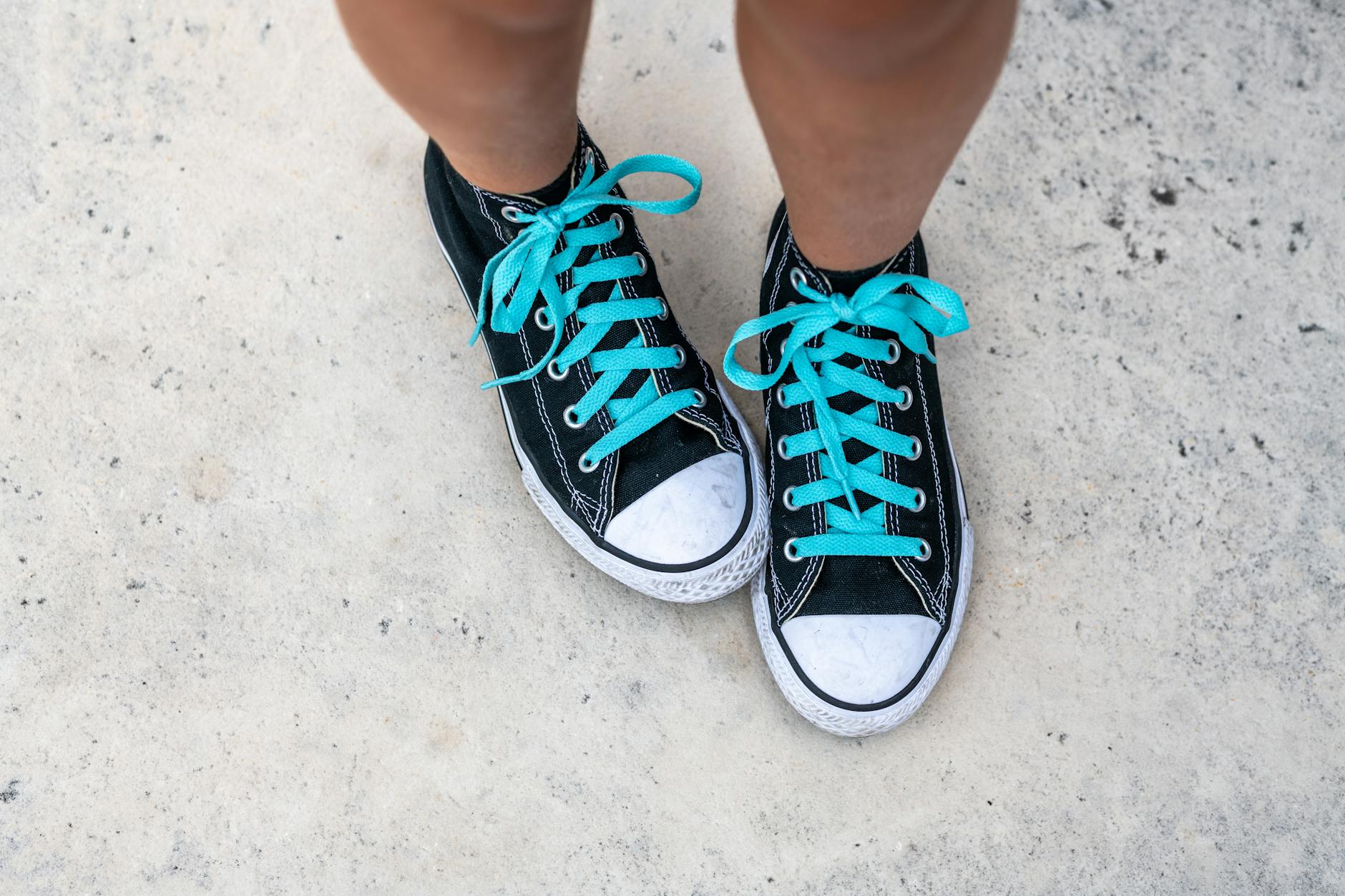 Image courtesy of Skyler Ewing via Pexels
Image courtesy of Skyler Ewing via Pexels
Having a good grip on your shoes is essential to ensure your safety and prevent accidents. Slippery surfaces can be found everywhere, from wet pavements to smooth tiles, making it crucial to take steps to enhance traction. Fortunately, there are several simple and effective methods to make the bottom of your shoes less slippery. In this guide, we will explore DIY solutions as well as professional options to improve shoe grip.
Evaluate Shoe Condition
Before implementing any solutions, it is important to assess the current condition of your shoes. This will help you identify whether the slipperiness is due to wear and tear, debris, or the shoe material itself.
Inspect the Soles
Start by examining the soles of your shoes. Look for any signs of wear and tear, such as smooth or worn-out areas, which could be contributing to the slipperiness. If the soles are significantly worn, consider getting them repaired or replacing your shoes altogether.
Check for Debris
Next, check if there is any debris stuck to the bottom of your shoes. Small pebbles, gum, or other substances can reduce traction and make your shoes more slippery. Take a moment to remove any debris using a brush or your hands.
Consider the Shoe Material and Sole Pattern
The material of your shoes, as well as the pattern on the soles, can impact the grip. Smooth or leather soles are generally more slippery compared to rubber or textured ones. Similarly, the design of the sole pattern can affect traction. Shoes with deeper grooves or patterns tend to provide better grip. Keep these factors in mind when choosing suitable solutions.
DIY Methods to Improve Shoe Grip
If you want to enhance your shoe grip without spending much, there are several DIY methods you can try.
Sand the Soles
One simple way to increase traction is by sanding the soles of your shoes. Here’s how you can do it:
Gather sandpaper and a flat surface
Start by gathering fine-grit sandpaper and a flat, stable surface to work on.
Remove dirt and debris
Ensure the soles are clean by removing any dirt or debris using a brush or wiping them with a cloth.
Lightly sand the soles
Using the sandpaper, gently sand the bottom of the shoes in one direction. Apply light pressure and be careful not to damage the shoe material.
Repeat the process
Continue sanding until the soles have a slightly rougher texture, providing better traction. Be cautious not to overdo it as it may affect the appearance or durability of your shoes.
Apply Grip Pads or Tape
Grip pads or grip tape can be easily applied to the soles of your shoes to enhance traction. Follow these steps:
Purchase grip pads or grip tape
Head to a local store or browse online to find grip pads or grip tape specifically designed to improve shoe grip. Ensure you choose the right size and type suitable for your shoe material.
Clean the soles
Thoroughly clean the soles of your shoes to ensure good adhesion. Use a mild detergent or rubbing alcohol to remove any dirt or residue.
Measure and cut the grip pads/tape
Measure the size of the sole and cut the grip pads or tape accordingly. Make sure they fit well and cover the areas where you need better traction.
Apply the pads/tape
Peel off the backing of the grip pads or tape and carefully apply them to the bottom of your shoes. Press firmly to ensure proper attachment.
Allow it to set
Let the grip pads or tape set for a few hours, or as per the manufacturer’s instructions, to ensure they adhere firmly to the soles.
Create Traction with Hairspray
Surprisingly, hairspray can be used to improve shoe grip. Here’s how:
Choose a hairspray with high hold
Opt for a hairspray known for its high hold or strong grip. This will help create a tackiness on the soles.
Clean and dry the soles
Ensure the soles are clean and dry before applying hairspray. Use a cloth or tissue to remove any dirt or moisture.
Spray a generous amount
Spray a generous amount of hairspray on the bottom of the shoes, covering the entire surface evenly.
Let it dry
Allow the hairspray to dry for a few minutes until it becomes tacky. This will increase the friction between your shoes and the ground.
Test the shoes
After the hairspray has dried, take a few steps on a non-slippery surface to assess the improvement in traction. You might be surprised by how effective this simple solution can be.
Professional Solutions for Slippery Soles
If DIY methods do not provide the desired results or if you prefer a more professional approach, consider the following options:
 Image courtesy of www.wikihow.com via Google Images
Image courtesy of www.wikihow.com via Google Images
Contact a Professional Shoe Repair Shop
A shoe repair shop can offer expert advice and tailored solutions to address the slipperiness of your shoes. Here’s what you can do:
Research reputable shoe repair shops
Look for trusted shoe repair shops in your area. Check their expertise, customer reviews, and their ability to handle your shoe type.
Take your shoes for assessment
Visit the chosen shoe repair shop and have them assess the condition of your shoes. Explain the issue and discuss potential solutions with the professionals.
Follow their instructions
Based on their assessment, follow the instructions provided by the shoe repair professionals to improve the grip of your shoes. They may perform sole replacements, add special treads, or suggest other methods according to your specific needs.
Invest in Anti-Slip Sole Pads
Anti-slip sole pads are an effective solution to enhance shoe grip. Here’s how you can use them:
Purchase anti-slip sole pads
Look for anti-slip sole pads available at shoe stores or online retailers. Ensure you choose the right size and type suitable for your shoes.
Clean the soles
Clean the soles of your shoes thoroughly, removing any dirt or residue. A clean surface will allow the adhesive on the sole pads to stick better.
Apply the sole pads
Peel off the backing of the anti-slip sole pads and carefully apply them to the bottom of the shoes. Press firmly to ensure proper attachment.
Allow it to adhere
Give the sole pads some time to adhere to the soles properly. Follow the manufacturer’s instructions regarding the required setting time.
Maintenance Tips for Better Shoe Traction
Once you have made the bottom of your shoes less slippery, it’s important to maintain their improved grip. Here are some helpful tips:
Regularly clean your shoes
Keep your shoes clean by removing dirt and debris regularly. Cleaning the soles will prevent the accumulation of substances that may affect traction.
Avoid excessively slippery surfaces
Whenever possible, try to avoid walking on excessively slippery surfaces. Choose alternative paths or take extra precautions to prevent any accidents.
Store your shoes properly
Proper shoe storage can help maintain the condition of your shoes, including the traction of the soles. Keep them in a cool, dry area and avoid storing them in damp or humid conditions.
Inspect and maintain grip pads or tape
If you have applied grip pads or tape, regularly check their condition and replace them as needed. Over time, they may lose their effectiveness, so it’s important to stay vigilant and ensure they are providing adequate grip.
Conclusion
Ensuring the bottom of your shoes is less slippery is essential for your safety and preventing accidents. By evaluating the condition of your shoes, implementing DIY methods, considering professional solutions, and following proper maintenance practices, you can significantly improve the traction and grip of your shoes. Don’t wait until you slip and fall – take action today to make your shoes safer and more secure.
